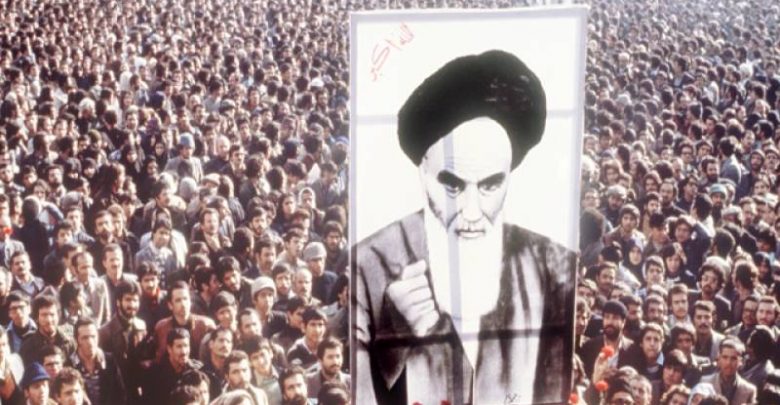Africa and Middle EastAllOngoing
Iranian Revolution- The Beginning
In 1979, a revolution in Iran changed the political landscape of the Middle East. The relationship with the West was forever tainted. Part 1

Discontent with the Iranian ruling family had been growing since a CIA intervention in 1953 helped put it in to power. The Shah, restored to his throne, was a modern force to be reckoned with in a traditional country. His promotion of an economically vibrant middle class, champion of women’s rights including education and outlaw of traditional Muslim facial/body coverings seemed radical. His ruthless crackdown on any form of political dissent, including the overuse of the secret police service made Iran feel like a state under military rule. Reforms in the country angered Shia clerics- the Islamic leader Ayatollah Khomeini fled to Iraq and later France in the mid 1960’s.
America’s Soviet Interests in Iran
The United States, pleased with the new power balance, was intent at all costs to keep the Shah in place. Regionally, Iran’s proximity to the USSR was pivotal to quell the expanse of communism in the region. As a consequence of this publicly known element, the Shah was largely considered to be a puppet of the Americans who put him in to power.
Oil Boom
Reaping innumerable benefits form the oil boom in the 1970’s, margins between the poor and wealthy class inevitably widened. Many of the wealthy happened to be relatives of the Shah himself. A recession in 1975 sparked secular protests. In October of 1977, Ayatollah Khomenei’s son was pronounced dead at the age of 47- officially from a heart attack, although many were convinced it was the work of the secret police. Soon thereafter, thousands of protests once again erupted in the country’s major cities against the Shah’s indelible rule.
Islamic Opposition to the Shah
The Shah had the ministry of information publish an article in attempts to quell the discontent in the country. The article circulated, accusing Ayatollah Khomeini of being a pawn of British neo-colonialism. Most controversial, the publications painted him as a “man without faith”. These accusations angered the Ayatollah’s followers. This spearheaded the religious element of the anti-Shah movement.



